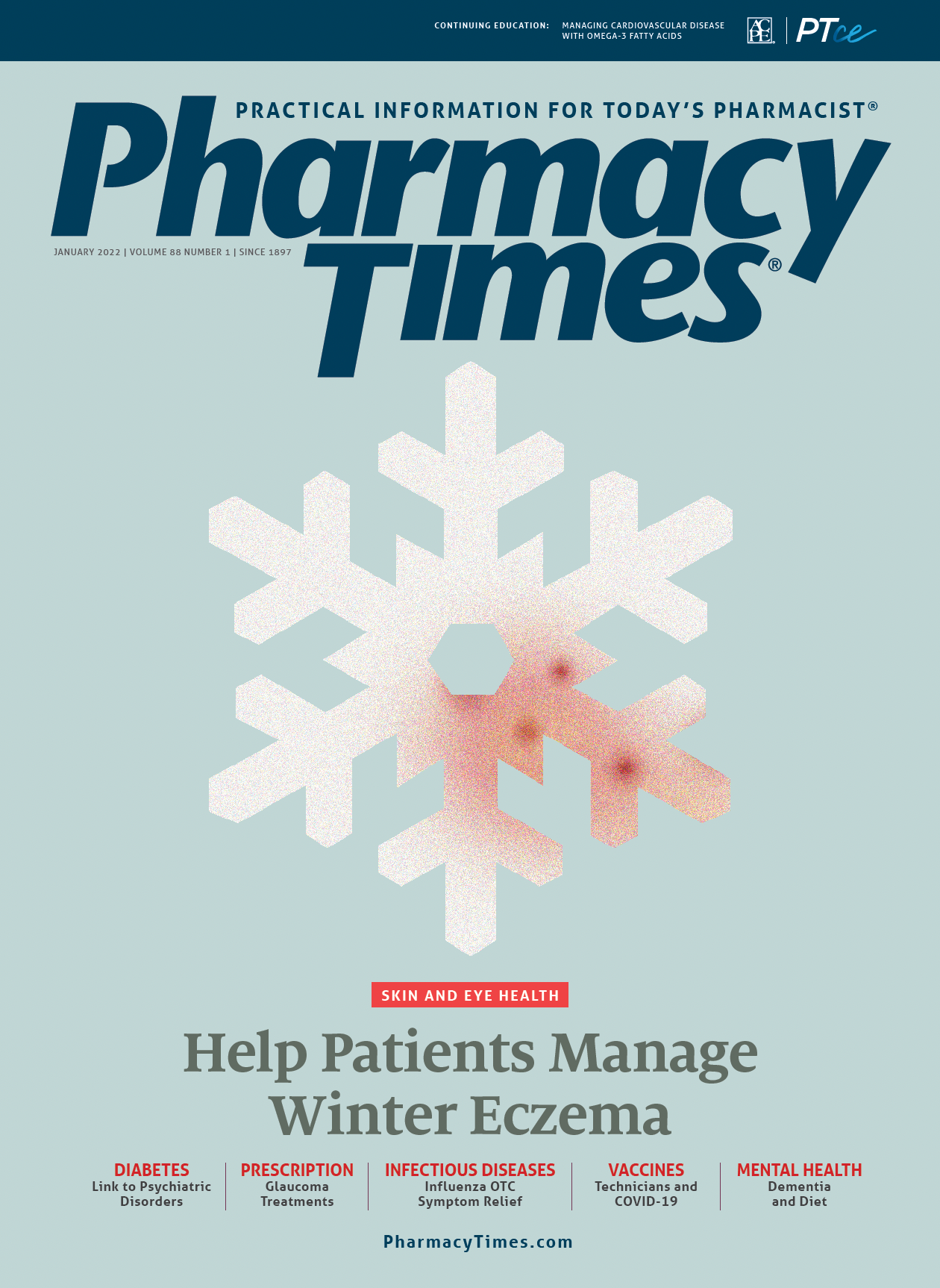Publication
Article
Pharmacy Times
Ensure the Safe Use of Automated Dispensing Technology
Author(s):
Pharmacies should address situations in which multiple bottles of tablets are used to refill a cassette.
A pharmacy using automated dispensing technology (such as a vial-dispensing robot) was refilling a cell with trazodone 50-mg tablets. The individual refilling the machine had retrieved two 500-count medication bottles from a storage shelf without realizing that one held topiramate 50 mg, not trazodone 50 mg. Both medications are manufactured by Zydus Pharmaceuticals.
The bottles for both look nearly identical (Image 1), and one was stored right behind the other. Both tablets also look similar—about the same size, round, and white (Image 2). Fortunately, before any patients received the wrong medication, a pharmacist caught the error while verifying a prescription for trazodone 50 mg when she recognized that the 2 drugs appeared to be mixed in the prescription vial.
The pharmacist who reported the error said the automated dispensing technology software her store uses requires barcode scanning; however, unless each stock bottle is scanned individually, the technology can be bypassed by scanning a single bottle. So if an individual is trying to add 1000 tablets and the medication comes in a 500-count bottle, which is how both medications in this situation are supplied, the employee can scan 1 bottle and pour both—including the incorrect medication in the unscanned bottle—into the dispensing robot cell. Because of what happened, the pharmacy now requires use of only 1 bottle at a time to restock the robot.
Pharmacies with robotic dispensing capabilities must address situations in which multiple bottles of tablets are used to refill a single cell. Visual checks are important, but as described above, they cannot be solely relied upon for proper identification of bottle contents.
Check with the technology manufacturer to learn what is recommended for addressing situations in which multiple bottles are used to refill a cell. Ideally, the filling process should require a scan of the barcode printed on the label of each stock bottle before its contents are added. Pharmacies should engage their staff members and establish standard work practices to barcode scan each stock bottle. Use only unopened stock bottles to ensure the National Drug Code number, lot number, and expiration date match for all tablets (2D barcodes would be needed). Completing the entire process of filling a cell before moving to the next and the corresponding drug bottle(s) is critical to ensure that bottles used to refill different cells are not mixed up after barcode verification. Authorizations to make any changes in the bin contents of automated dispensing systems should be restricted to properly trained staff members.
Pharmacy managers and/or regional personnel for chain pharmacies should periodically perform quality-control checks by observing the processes involving automation and robotics to ensure adherence to the standardized work practices. If at-risk behaviors, such as scanning only 1 bottle or scanning the same bottle twice, are observed, coach staff members to see the potential for error and the importance of scanning each bottle. Finally, share stories like this with staff members who use this type of automation to emphasize best practices, such as the scanning of each bottle rather than 1 bottle multiple times.
It is also undeniable that look-alike product labeling and packaging was a root cause of the mix-up. The Institute for Safe Medication Practices (ISMP) recommends reading medication labels 3 times at different points in the product selection and dispensing processes: when obtaining a drug from storage, during use, and when discarding the container or returning it to stock. However, the need for companies to prevent container labels from looking similar across multiple items within a company’s product line is among the topics included in draft guidance for industry from the FDA’s Center for Drug Evaluation and Research in Safety Considerations for Container Labels and Carton Labeling Design to Minimize Medication Errors.1 The ISMP has asked Zydus to revise the product labeling that contributed to this error and look at all its product labels for such safety issues.
The ISMP hopes to address the safe use of automated dispensing technology more globally. Please share with the ISMP any identified barriers or limitations experienced in the safe use of automated dispensing technology, including limitations in the barcode scanning process. Please also share any strategies in place to ensure the correct drug is added to the correct cell and reduce the risk of medication errors. Share information with the ISMP via email ([email protected]).
Michael J. Gaunt, PharmD, is a medication safety analyst and the editor of ISMP Medication Safety Alert! Community/Ambulatory Care newsletter at the Institute for Safe Medication Practices in Horsham, Pennsylvania.
Reference
Center for Drug Evaluation and Research. Guidance for industry: safety considerations for container labels and carton labeling design to minimize medication errors. Docket number: FDA- 2013-D-0401. April 2013. Accessed November 11, 2021. https:// www.fda.gov/regulatory-information/search-fda-guidance-documents/safety-considerations-container-labels-and-carton-labeling-design-minimize-medication-errors

Newsletter
Stay informed on drug updates, treatment guidelines, and pharmacy practice trends—subscribe to Pharmacy Times for weekly clinical insights.






